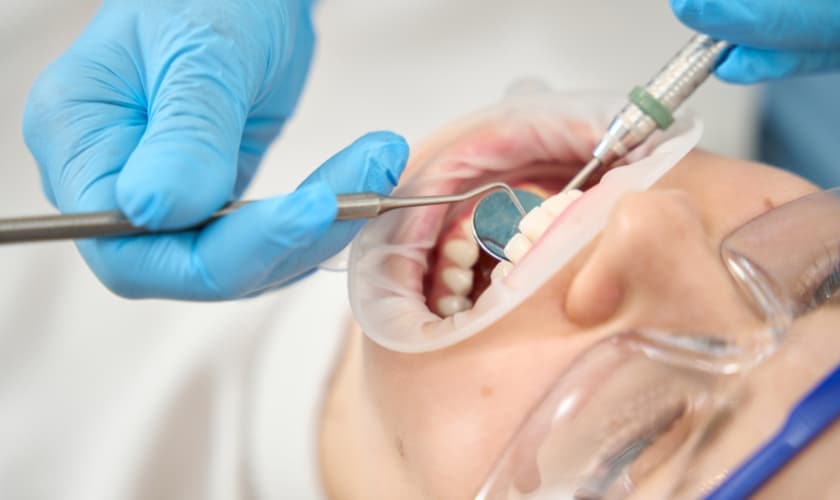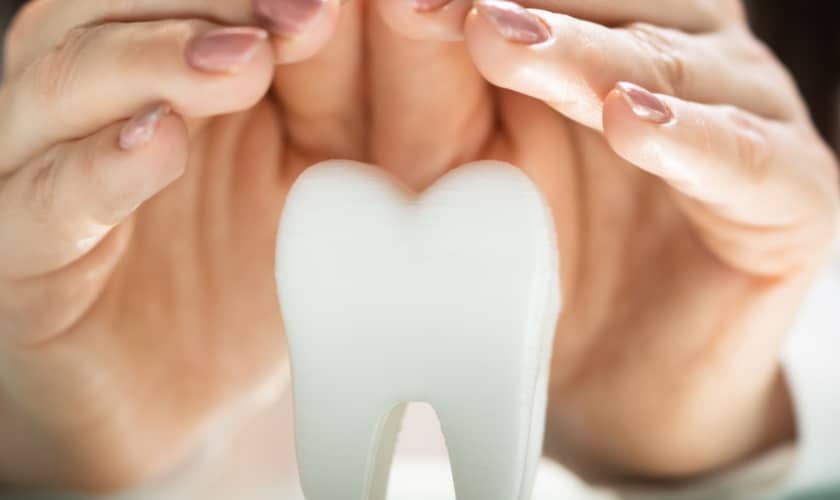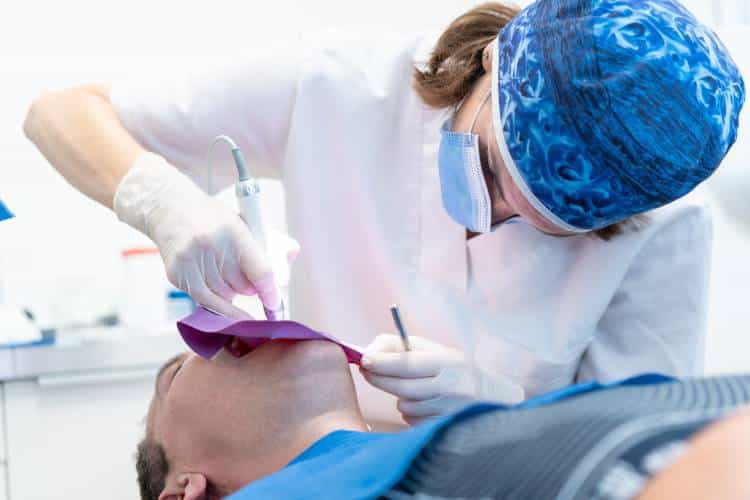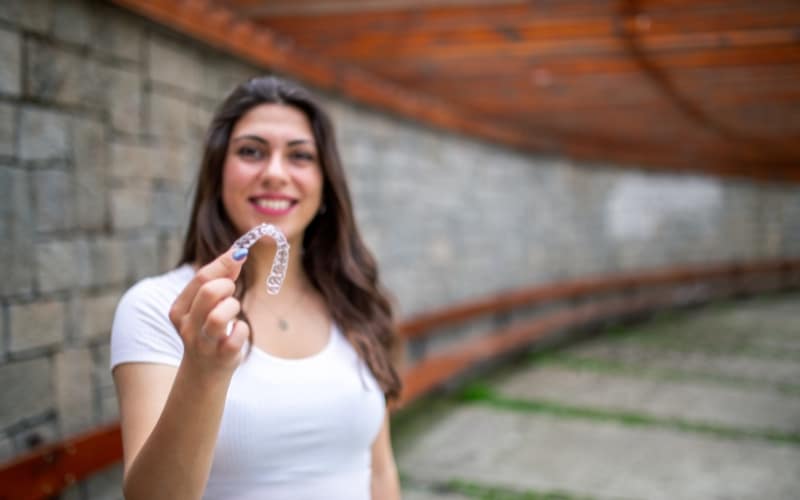Dental sedation for kids can be a tricky subject to navigate for both parents and dentists alike. The fact of the matter is that children can often feel scared or uncomfortable with even routine dental procedures like cleanings and fillings. This is why it’s important to have an understanding of the different types of sedation available so that you can make an informed decision about what’s best for your child’s dental care. In this post, we will look at the different types of dental sedation available to children, their associated risks, and when they should be used.
The Types of Sedation for Kids
Pediatric sedation is the use of medications to help reduce anxiety and distress in children during medical procedures. It is used when a child needs a procedure that would be too uncomfortable or distressing without sedation. This type of sedation can also help make it easier for even very young children to cooperate with their healthcare team, resulting in safer and more successful outcomes. Types of Pediatric Sedation There are many different types of pediatric sedation available, depending on the particular situation and age/weight of the child. These include:
● Oral Sedatives – Oral medications are given prior to the procedure to provide mild relaxation; these are typically used for older children who can swallow pills easily.
● Intravenous (IV) Medications – IV drugs that act quickly providing deep relaxation; this method may require an IV needle placed into a vein, usually in the arm or hand.
● Nitrous Oxide (Laughing Gas) – Inhaled gas administered through a mask-like device that provides short-term analgesia (pain relief). For younger kids, nitrous oxide is often combined with an oral medication such as midazolam for deeper anxiolysis (anxiety reduction).
● General Anesthesia – The deepest level of anesthesia achieved through inhalant gases administered by an anesthesiologist; usually requires insertion of a breathing tube into the throat so oxygen levels remain stable throughout treatment.
Source – NBC News
When Should Kids Be Sedated for Dental Work?
- Dental sedation is often required for children who are undergoing dental procedures. The type of sedation will be based on the child’s age, weight, and health history. The most common types of sedation used for children are general anesthesia, nitrous oxide, and oral sedatives.
- General anesthesia is used for children who are undergoing more invasive dental procedures or who cannot cooperate with the dentist during the procedure. General anesthesia will put the child to sleep during the procedure and they will not be able to remember what happened during the procedure.
- Nitrous oxide, also known as laughing gas, is a mild sedative that is inhaled through a mask during a dental procedure. It helps to relax the child and can make them feel less anxious about the procedure. Nitrous oxide does not put the child to sleep and they will be able to hear and respond to questions from the dentist.
- Oral sedatives are pills that are given to the child before the dental procedure. They help to relax the child and make them less aware of their surroundings. Oral sedatives do not put the child to sleep but they may make them feel drowsy during the procedure.
Conclusion
It is important for parents to feel comfortable and informed when selecting a sedation option for their child’s dental procedure. We hope this article helped you understand the different types of dental sedation available and that it has given you an idea of which one might be best suited for your child. With careful consideration, you can make sure your child has a safe experience with minimal distress during their next dental appointment.





